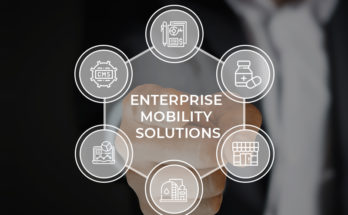A Fintech boosted Indian Microfinance ecosystem is helping catalyze MSME and SHG growth.
The Reserve Bank of India estimates that the credit gap in India stands at 95% or more in 256 out of 626 districts. The total demand for microcredit was estimated at Rs 50,000 crore. This massive credit gap is faced mostly by Micro, Small and Medium Enterprises (MSME) and Self Help Groups (SHG) who require microloans to the tune of Rs 10,000 to 25,000.
Although MSMEs and SHGs play a pivotal role in the development of the country by serving as sources of livelihood, creating employment opportunities and helping create autonomy amongst the marginalized sections of society, they suffer from limited access to formal banking facilities, startup capital, and a line of working credit. This is majorly due to the lack of credit history and the kind of collateral security that banks require as a prerequisite to extend a loan. MSMEs and SHGs are perceived ‘high risk’ venture for formal banks with a scope of high failure rates.
Another bottleneck is that members of these MSMEs and SHGs in rural areas may lack formal education and may not be proficient in using online resources. This requires the banks to either have a presence (branch) in the village or city or have a field agent or business correspondent to manage such customers including collection, reminders, servicing etc. This added infrastructure cost makes it unfeasible for banks to operate in these areas.
To create credit access and to fuel business growth in rural areas, Microfinance institutions started to bloom. These institutions provided the services of a formal bank as well as helped MSMEs and SHGs with business advice to help manage finances and avoid high failure rates. Eventually, MFIs became a backbone of the MSMEs and SHGs providing working capital and opportunity to the poor ignored by the formal credit sector.
To maintain steady growth of the MFI ecosystem in India, stakeholders are now looking at technology to be leveraged both to reduce costs and to optimize sales and customer service. The Fintech industry is soon becoming part of the MFI growth story by helping them increase geographical outreach, get more customer insights, creating upsell and cross-sell opportunities and to digitize their processes.
Here’s how the Fintech industry is helping change the MFI model:
- Lead activity management: Field Agents and business correspondents are increasingly becoming comfortable with using mobility solutions instead of traditional methods such as record books and personal diaries. This is helping the sales force better identify target customers better and sell more efficiently.
- Customer on-boarding and e-KYC: Aadhar/Pan integration and credit check facilitated by India stack are being leveraged to reduce turnaround times and high failure rates for loans. Digitized onboarding also prevents any kind of mismanagement and misplacement of forms/data that can further delay the disbursal process.
- Technology Integration: Tracking and Analytics software is helping to enable sales staff to make decisions on the go and service their customers better. This is leading to higher customer retention as well as repeat business for MFIs.
- Marketing and Strategy: Customer Insights generated by Analytics software is helping to undertake marketing activities to target specific profitable demographics. This can also help at the macro level by identifying locations/ belts where there is scope for growth either in terms of hiring more field officers or strategic placement of branches.





